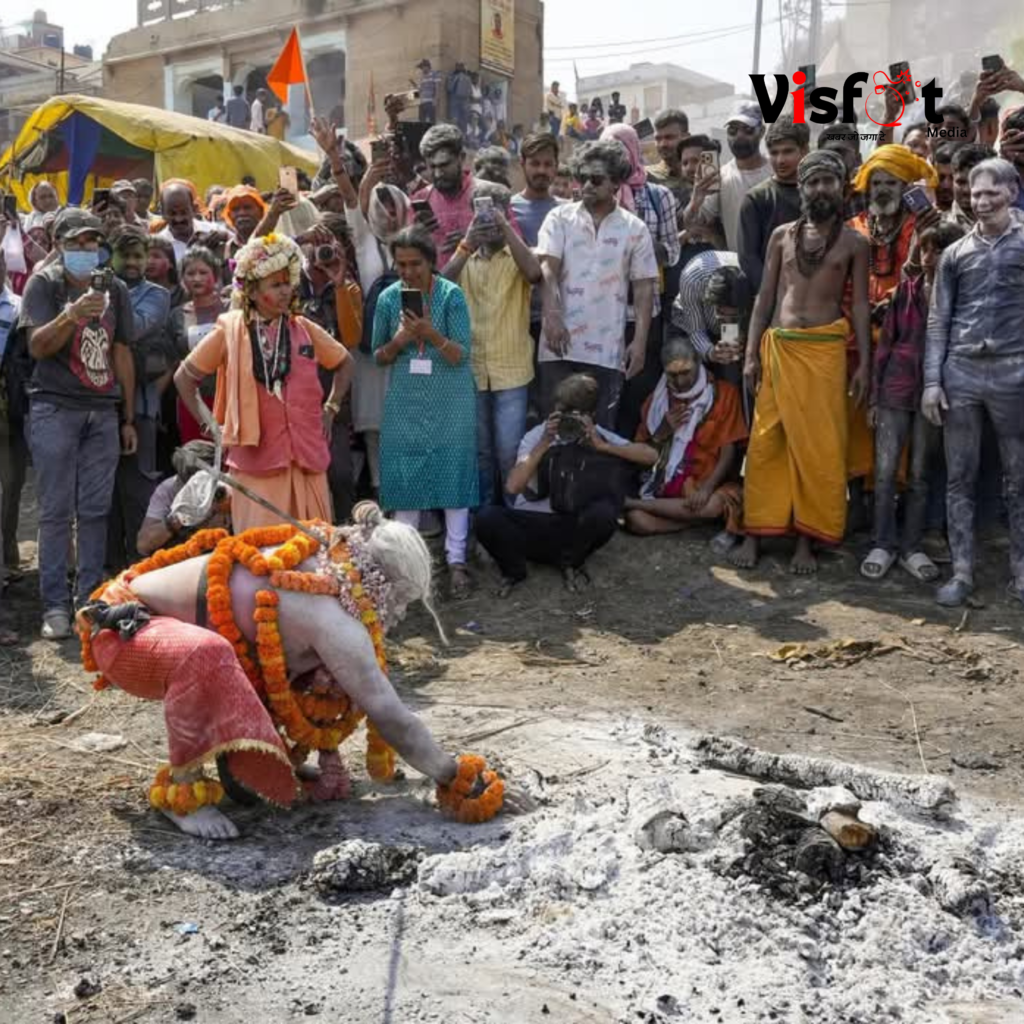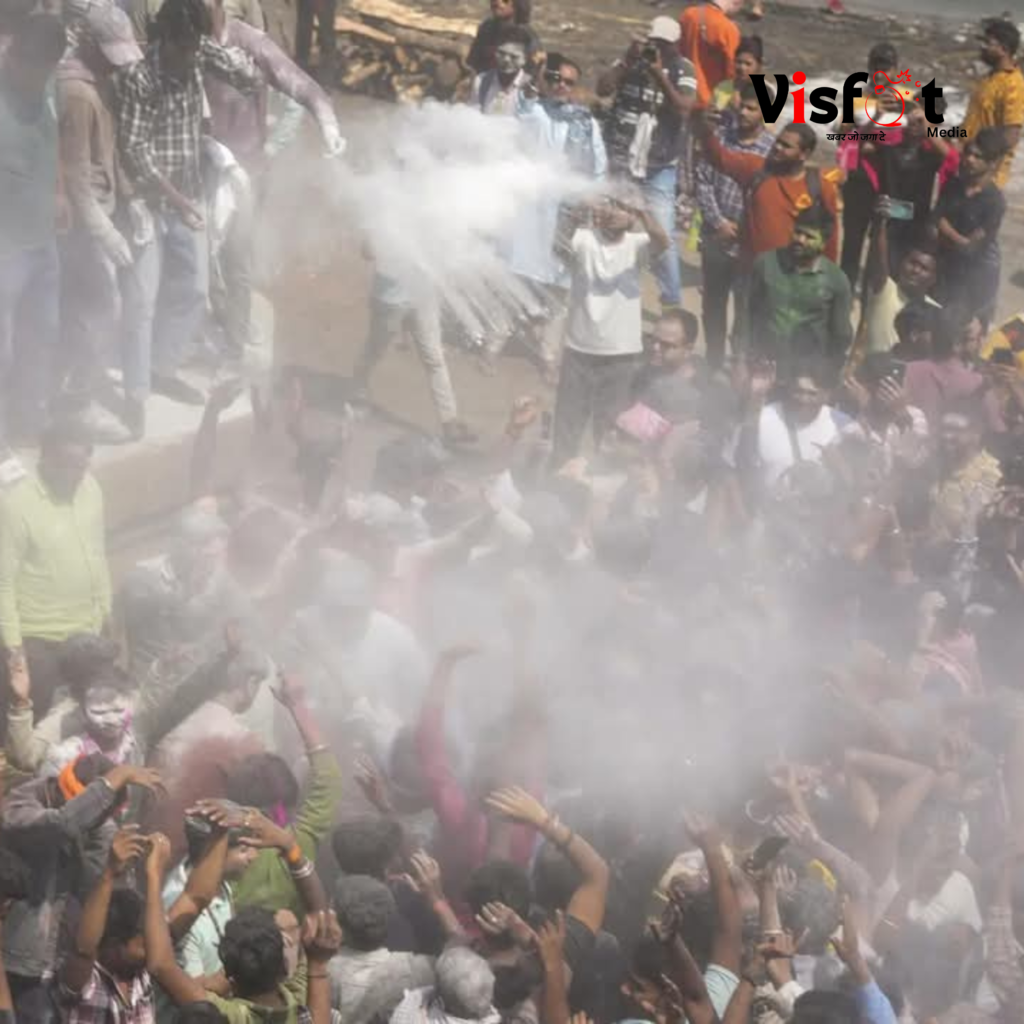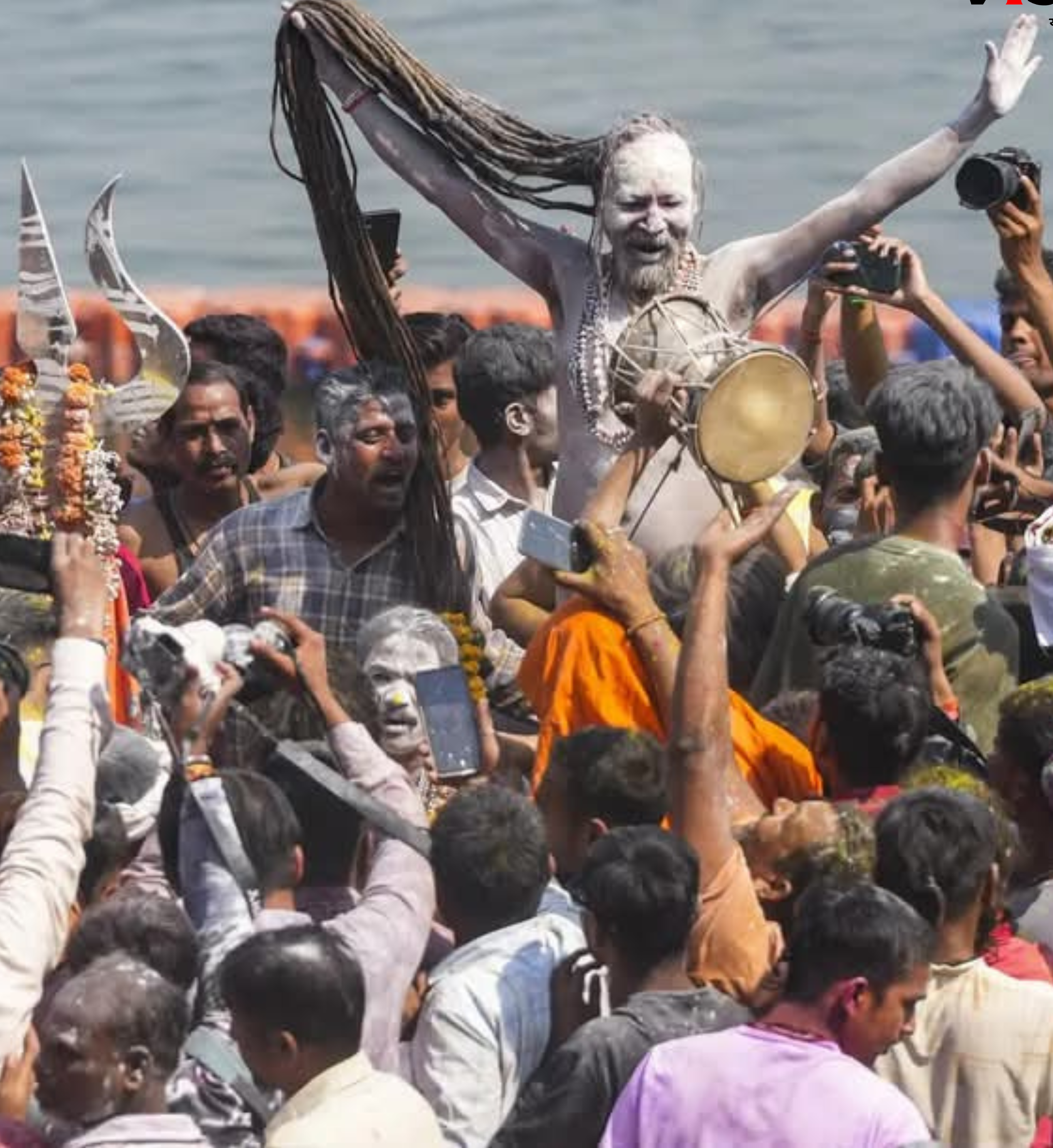The world is known about Barsane Holi, Laddus Holi or Mithila’s mud Holi. Everyone also knows about the Holi of Rang-o-Gulal. Meaning Holi festival is a symbol of color-elevation and unity. The importance and importance of Varanasi’s ‘Bhasma-Holi’. It is different in itself. Everyone wants to join this Holi. Why is the last world crazy about Holi of Varanasi? What is special in Masane, Mahashmanashan or Bhasma-Holi? Why is this Bhasma Holi related to Kashi’s ancient culture and Shiva devotion, but is very important from the crowd? In this Holi, in this Holi, Baba Kashi Vishwanath himself in Kashi city i.e. Baba Bhole Shankar himself comes with Damru, Dhol and Jhanj ki Nad and play ‘Masani’ with devotees to play ‘Masani’ Holi? A specialty of this Holi, popularly known as Masan Holi, is also that color-o-gulal is not used far and wide. This consumer or masane is used in Holi instead of Rang-Gulal, the ashes of the pyre present in the crematorium. Answers to all these questions are present

The festival reflects the link between life and death, especially around the Maha-Shashan of Varanasi, Manikarnika Ghat and Kashi Vishwanath Temple. The origin of Bhasma Holi is considered from a legend related to Lord Shiva. When Cupid, when Cupid tried to fascinate Shiva with his Maya, the angry Shiva consumed him with his third eye. Later, on the prayer of Cupid’s wife Rati, Shivji gave him a boon of rebirth.
In memory of this incident, even today in Varanasi, Varanasi or say that Bhasma-Holi is being celebrated in Kashi, the city of Bhole.
How to celebrate Holi as Bhasma Holi?
A day before Holi and after Rangbhari Ekadashi, devotees of Bhole gather at the Manikarnika Ghat on the banks of the Ganges. Here the ash (Bhasma) taken from burning pyre is rubbed on the body. After this, dance with Shiva Bhajan and folk songs begins. Even though in view of the view of Holi in the Maha-Shashan, an unknown may find it strange, but the spiritual meaning is hidden behind it. Bhasma is considered a symbol of Shiva. Which reminds of the mortal nature of life and the eternalness of the soul.
Bhasma Holi is completely different from Holi of festive colors. It also makes death a part of the festival. It is only from Bhasma Holi to learn that life and death are two sides of the same coin. Shiva, which is both destructive and followers. Are at the center of this tradition. Bhasma Holi (Massan Holi) inspires devotees to renounce ego and accept the truth of life. It also underlines the identity of Kashi, where the discovery of salvation is seen in every particle.

Say Kashi Bhasam Holi or Kashi’s, is a unique color of cultural and religious heritage. This reminds us that every festival can deepen. Which should keep us connected to our roots. The tradition of Bhasma-Holi is still alive in the world, which not only proves the immortality of Kashi. But Bhasma-Holi attracts us on its own in today’s elusive world. Banaras Masan Holi also knows this Bhasma Holi as ‘Masan Ki Holi’ in the world.
According to mythological beliefs, Baba Bholeshankar himself is also involved in Masane or Bhasma Holi. On the request of Baba Kashi Vishwanath’s in-laws’ side, on the day of Rangabhari Ekadashi, the cows of Maa Parvati are not able to attend the vampires, Bhoo-Chudal, Dakini-Shakini, Aghori-Aghd, Sadhu-Sanyasi etc. Because Shivji’s in -laws were afraid of this. It is said that those who could not join their devotee Bhole Shankar’s cow, the owner of Kashi i.e. Bhole Shankar organized the Holi of Masan or Chita Bhasma for all of them. Meaning, the next day of Rangabhari Ekadashi, Bhole comes first at Manikarnika Ghat with his ghost-vampires and takes bath in the Ganges. Then devotees play Bhasma Holi with devotees (ghost vampires, etc.).



